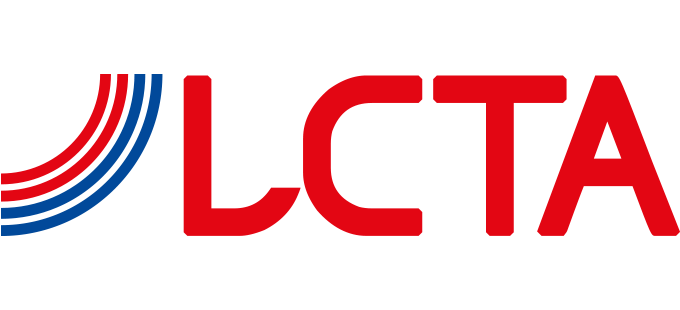The EU Conflict Minerals Regulation – Due diligence requirements for EU importers
Article by Carlo Mazzoleni, Associate Lawyer, Studio Mazzoleni

On 1 January 2021 the EU Regulation 2017/821 of 17 May 2017 (the “Regulation”)[1] will come into force, establishing new mandatory supply chain due diligence obligations for EU-based importers of certain raw materials (tin, tungsten, tantalum and gold) originating from conflict-affected and high-risk areas.
The Regulation aims to prevent that the trade of these minerals directly contribute to finance armed conflicts and/or grave human rights abuses, such as forced labour of mine workers. To this end, the Regulation require EU importers to respect international responsible sourcing standards, set by the Organisation for Economic Co-operation and Development (OECD) in its “Due Diligence Guidance for Responsible Supply Chains from Conflict-Affected and High-Risk Areas”.[2]
1. Companies and Businesses Affected
The Regulation applies to EU-based importers of tin, tantalum, tungsten and gold, whether these are in the form of mineral ores, concentrates or processed metals, provided that certain annual volume thresholds are exceeded. Annex I to the Regulation[3] sets out specific thresholds for most of the covered materials, while the EU Commission has defined the remaining thresholds on 25 June 2020 through a delegated act.[4]
The Regulation does not apply to:
- EU importers where their annual import volume of each of the minerals or metals concerned is below the provided thresholds;
- Recycled metals, which includes “reclaimed end-user or post-consumer products, or scrap processed metals created during product manufacturing, including excess, obsolete, defective, and scrap metal materials which contain refined or processed metals that are appropriate for recycling in the production of tin, tantalum, tungsten or gold”;
- Stocks which were created on a verifiable date prior to 1 February 2013.
Indirectly, the Regulation concerns smelters and refiners of the covered materials, whether they are based inside the EU or not: EU importers will be indeed required to avoid dealing with smelters and refiners whose due diligence practices are insufficient or associated with risks. The EU Commission is expected to establish and keep updated a “list of global responsible smelters and refiners” that are deemed to fulfil the requirements of the Regulation.
2. Conflict-Affected and High-Risks Areas
The Regulation targets minerals and metals originating from conflict-affected or high risk areas, without being limited to specific geographical locations. The areas considered to be conflict-affected or high-risk are:
- areas in a state of armed conflict;
- fragile post-conflict areas;
- areas witnessing weak or non-existing governance and security, such as failed states;
- in all cases, areas with widespread and systematic violations of international law, including human rights abuses.
The EU Commission is expected to call upon external expertise that will provide an indicative, non-exhaustive, regularly updated list of conflict-affected and high-risk areas.
While no definitive list has been published yet, EU importers are encouraged to make this assessment themselves based on non-binding guidelines issued by the Commission for the identification of conflict-affected and high-risk areas.[5]
3. Due Diligence Obligations
The Regulation requires EU importers to carry out risk-based supply chain due diligence, defined as an ongoing process through which economic operators monitor and administer their trades with a view to ensuring that they do not contribute to armed conflict or adverse human rights impacts.
In practice, EU importers have to comply with five main obligations provided by Articles 4, 5, 6 and 7, which explicitly recall the five-steps framework established by the above mentioned OECD Due Diligence Guidance. EU importers of the covered minerals and metals should:
- Establish a strong management system and clearly communicate to suppliers and the public their policy, which includes engaging with suppliers to integrate these standards in their supply contracts and develop a traceability system for imported minerals (Article 4);
- Identify and assess actual or potential risks in the supply chain, as defined in Annex II of the OECD Due Diligence Guidance (Article 5 (1) (a));
- Design and implement a strategy to respond to the identified risks in order to prevent or mitigate adverse humanitarian and human rights impacts (Article 5 (1) (b));
- Carry out independent third-party audit of the company’s activities, processes and systems used to implement supply chain due diligence, in particular regarding the due diligence practices of smelters and refiners (Article 6);
- Publicly report on supply chain due diligence policies and practices, both to member state authorities and also publicly, and they are obliged to make related information available to their customers (Article 7).
4. Implementation
According to Article 10, the enforcement of the Regulation will be up to the EU member states, which are expected to designate one or more competent authorities responsible for the application of the Regulation. Competent authorities will carry out appropriate ex-post checks of how EU importers comply with the regulation, which includes audits of records as well as on-the-spot inspections (Article 11). In any case, it is worth recalling that the Regulation will enter into force on 1 January 2021.
[1] https://eur-lex.europa.eu/legal-content/EN/TXT/?uri=CELEX%3A32017R0821
[2] https://www.oecd.org/corporate/mne/mining.htm
[3] ANNEX I “List of minerals and metals within the scope of Regulation (EU) 2017/821 classified under the Combined Nomenclature”
[4] https://ec.europa.eu/transparency/regdoc/rep/3/2020/EN/C-2020-4164-F1-EN-ANNEX-1-PART-1.PDF
[5] https://eur-lex.europa.eu/legal-content/EN/TXT/?uri=CELEX%3A32018H1149
